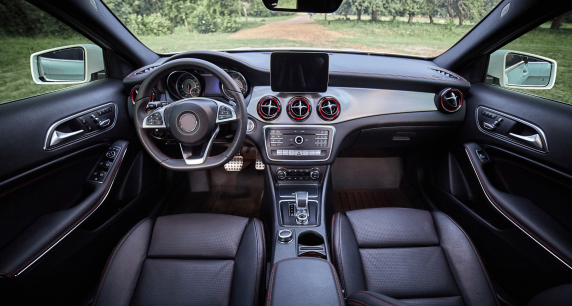How Does Power Steering Work?
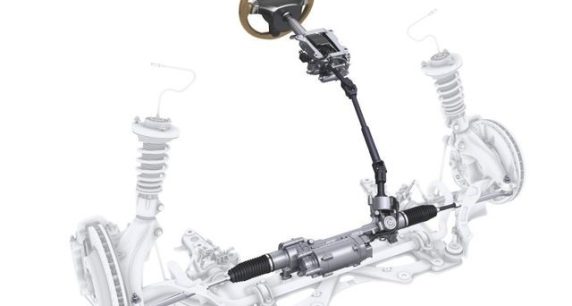
WHAT IS POWER STEERING?
Power steering, a device that helps the driver turn the front wheels, is a standard feature in all contemporary vehicles. By increasing the force, the driver applies to the car’s mechanical steering gear, the power steering system makes it simpler to turn the steering wheel.
Either hydraulic power steering or electric power steering (EPS) are standard in most automobiles. A few versions additionally employ an electro-hydraulic system, which integrates features from both the EPS and hydraulic technologies.
ELECTRONIC POWER STEERING
A typical electronic power steering system diagram
Nearly all new automobiles include EPS, which employs an electric motor to exert force on the steering gear and give steering assistance. The power steering parts of a standard EPS system are as follows:
STEERING GEAR (RACK AND PINION ASSEMBLY)
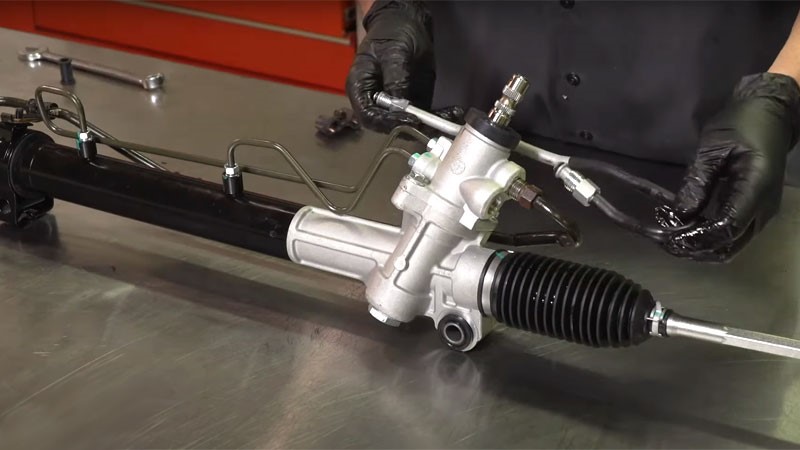
The steering gear is made up of a number of gears that transmit commands to the steering linkage from the steering column shaft and the steering wheel. The steering linkage then joins the steering knuckles, and the latter then joins the wheels and tyres. In reaction to the driver’s input, the wheels move in or out as a result of all the parts functioning together.
The steering gear (Rack and Pinion Assembly) contains a set of gears that transfer input from the steering column shaft (and the steering wheel) to the steering linkage.
STEERING MOTOR
The essential component of the EPS system is an electric motor, which may be installed on the steering rack or steering column. The driver receives steering assistance from the engine, which exerts the necessary force to turn the steering gear. The motor may run on 12 volts (like the majority of vehicle electrical components) or 48 volts, depending on the system architecture.
CONTROL MODULE
The steering motor is controlled by a computer, sometimes known as the EPS control module, using information from the steering system sensors. The EPS module also interacts with other onboard modules via a data network to obtain further details about vehicle functioning.
SENSORS
The major input to the EPS module is the steering wheel sensor, which is typically an integrated assembly of an angle sensor and a torque sensor. Additionally, there is a sensor that communicates the motor’s location to the EPS module.
HYDRAULIC POWER STEERING
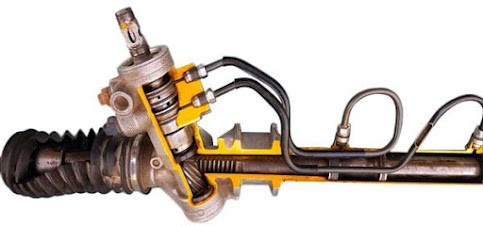
Hydraulic power steering is still common in many modern vehicles. An engine-driven pump and hydraulic fluid are used in the design to offer steering assistance. The following power steering components are common hydraulic system components:
STEERING GEAR (RACK AND PINION ASSEMBLY OR WORM GEAR BOX)
Depending on the vehicle design, hydraulic power steering systems could use a steering rack and pinion assembly or steering box. The steering linkage receives input from the steering column shaft (and the steering wheel) through a set of gears found in both types of units. The steering linkage then joins the steering knuckles, and the wheels and tyres are then connected by way of those components. The wheels move in or out in response to the driver’s input thanks to all the parts working together.
POWER STEERING PUMP
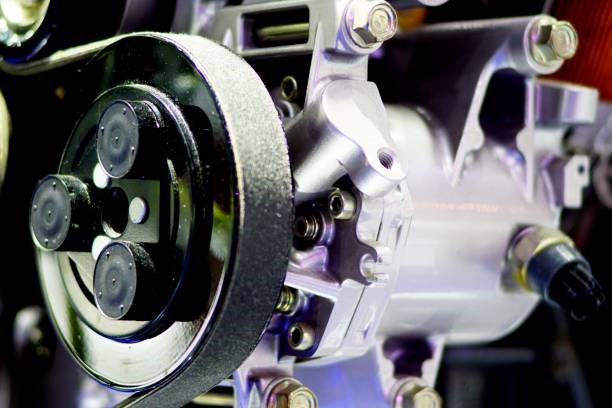
The power steering pump, which is driven off of the engine by a belt, pressurizes the power steering fluid and sends that fluid to the power steering gear. When the pressurized fluid acts on the gear, it makes the steering wheel easier to turn for the driver.
The power steering pump, which is driven off of the engine by a belt, pressurizes the power steering fluid and sends that fluid to the power steering gear.
RESERVOIR
Pressurized hydraulic power steering fluid acts as the medium that applies force to the steering gear. A reservoir—mounted either remotely or on top of the power steering pump—stores the fluid.
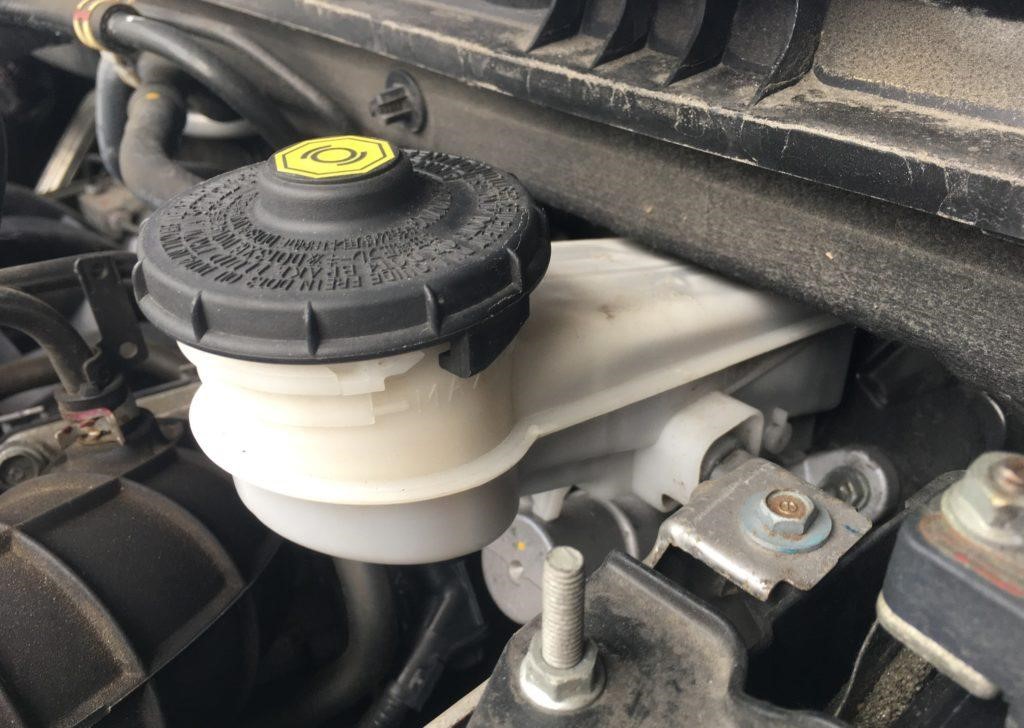
A reservoir—mounted either remotely or on top of the power steering pump—stores the fluid.
HOSES
The power steering pump and steering gear are connected by a system of hoses or lines. The pressure hose is what transports pressurized fluid from the pump to the gear. The return line, meanwhile, is the hose that carries fluid from the gear back to the pump.



